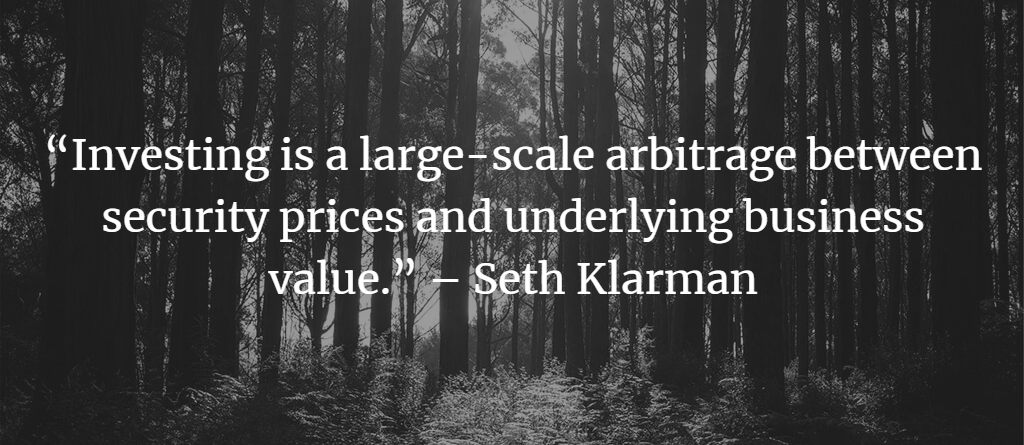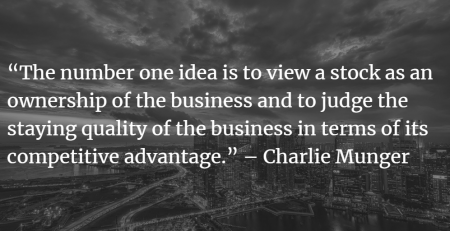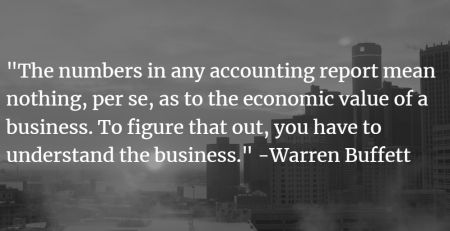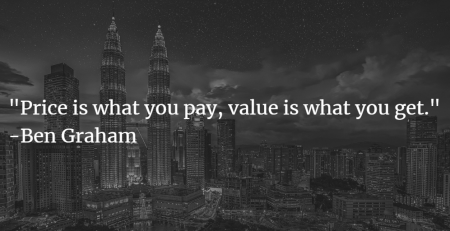GFL Environmental: From Trash to Treasure
During the first quarter 2021, we initiated a new position in GFL Environmental – a waste disposal company based in Canada.
The Industry
The waste industry has historically been characterized by high barriers to entry (land use regulations on landfills as well as scale economics due to route density), stable non-cyclical demand, exceptional pricing power, and a significant runway for consolidation (40% of the market remains fragmented).
The waste industry can be broken down into two main stages: collection (picking up the waste) and disposal (either recycling it, or dumping it into landfill). When it comes to the economics of each- dominating collection equals high margin, asset light, recurring revenue. Dominating disposal equals high margin, asset heavy, lumpier revenue. This is where most analysts tend to stop, but to really understand this industry you have to zoom in further to the local market dynamics.
For the waste companies, there are two main routes to success: the first is to operate in contractually exclusive markets (usually top tier markets), the second is to be the low-cost operator in a second tier market. Being the low- cost operator typically comes from either owning the landfill (vertically integrating) or having leading scale in a disposal neutral market. Either of these market structures provides quasi-monopolistic pricing power.
Where you get into trouble (relative trouble, as the whole industry is attractive) is when you operate in large tier 1 urban markets where there is both competition in collection as well as disposal. For example in Memphis there are three disposal options relatively similar distances away from each other – Waste Connections, Waste Management, and Republic Services. In each case, you are inviting pricing competition in parts of your stack.
All else equal, we would argue collection is the more attractive given the asset light nature of the business. GFL is 70% collection, which brings us to a quick conversation about Canada where they started. There are private landfills in Canada, but for the most part the market is dominated by disposal neutral markets. When you operate a collection route where the municipality controls the landfill, you do not have to worry about competitors raising your tipping fees and in many cases the municipality has not bothered to raise fees for decades so long as they cover the cost of operating.
This is important because a common bear case around GFL is that they are landfill light (<10% of revenue from landfill disposal), which many use to suggest there is no moat. In reality- they are landfill light because their business grew up in secondary Canadian disposal neutral markets where route density and transfer facilities are all that matters- that’s the real competitive advantage.
Now as GFL has pushed into the U.S. market- which does not have as many disposal neutral markets- they have bought integrated platforms as a launch pad for rolling up their secondary market collection routes (60% of US volume goes through an integrated landfill).
The Company
Patrick Dovigi (CEO) started GFL in Canada back in 2007 when he was just 27 years old, growing the business from nothing to $5B+ in just 14 years. This was accomplished through an aggressive M&A strategy where Patrick took the stable economics of the Canadian waste market (disposal neutral, heavy mix on collection, recurring revenue) and leveraged it up 7-8x to acquire small independent players- each time increasing his route density and moat. At age 42, Patrick retains a lot of skin in the game as the largest shareholder and is heavily incentivized to continue growing the business efficiently and prudently.
Last year, GFL had two very large platform acquisition opportunities in the US, and in order to execute on the deals the company came to market via an IPO to raise cash. As a result GFL went public in early March 2020, right before the Covid-19 crash. As you can imagine, the IPO was not well received by a market panicking over Covid- 19. This allowed us to build a position at an attractive valuation.
One of the concerns of the market is that GFL carries 4-5x leverage versus the 2x that peers average. Wall Street therefore assumes GFL must be twice as risky as their peers. We would argue that the waste industry is one of the few places where high leverage can be deployed reasonably safely. The reason is that the resiliency of this industry is incredible- even in the recent Covid-19 induced global lockdown overall volumes barely dropped and pricing even remained positive (commercial and urban had some issues, but those have less mix for GFL). In addition, running a disposal light model such as GFL is the best place to be during a recession because you’re less dependent on total trash volumes- which will fall- and more dependent on fixed collection fees, which won’t.
And with GFL, we not only get a very defensible business, but we get the added upside of having a management team with the best track record of M&A consolidation in the industry. Assuming just 3-4% organic growth (0-1% volume, 3-5% pricing), along with continued M&A at 4 turns of leverage, and we can easily envisage a situation where free cash flow will be growing mid-double-digits for many years. There is well over a decade of acquisition opportunity for GFL given how fragmented the industry is.
Combine that with some room for multiple expansion as the GFL cash flow engine naturally deleverages from their private equity days, and we think our returns should be consistently double digits for many years to come.
Disclosures: This website is for informational purposes only and does not constitute an offer to provide advisory or other services by Globescan in any jurisdiction in which such offer would be unlawful under the securities laws of such jurisdiction. The information contained on this website should not be construed as financial or investment advice on any subject matter and statements contained herein are the opinions of Globescan and are not to be construed as guarantees, warranties or predictions of future events, portfolio allocations, portfolio results, investment returns, or other outcomes. Viewers of this website should not assume that all recommendations will be profitable, or that future investment and/or portfolio performance will be profitable or favorable. Globescan expressly disclaims all liability in respect to actions taken based on any or all of the information on this website.
There are links to third-party websites on the internet contained in this website. We provide these links because we believe these websites contain information that might be useful, interesting and or helpful to your professional activities. Globescan has no affiliation or agreement with any linked website. The fact that we provide links to these websites does not mean that we endorse the owner or operator of the respective website or any products or services offered through these sites. We cannot and do not review or endorse or approve the information in these websites, nor does Globescan warrant that a linked site will be free of computer viruses or other harmful code that can impact your computer or other web-access device. The linked sites are not under the control of Globescan, and we are not responsible for the contents of any linked site or any link contained in a linked site. By using this web site to search for or link to another site, you agree and understand that such use is at your own risk.






